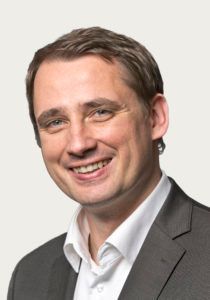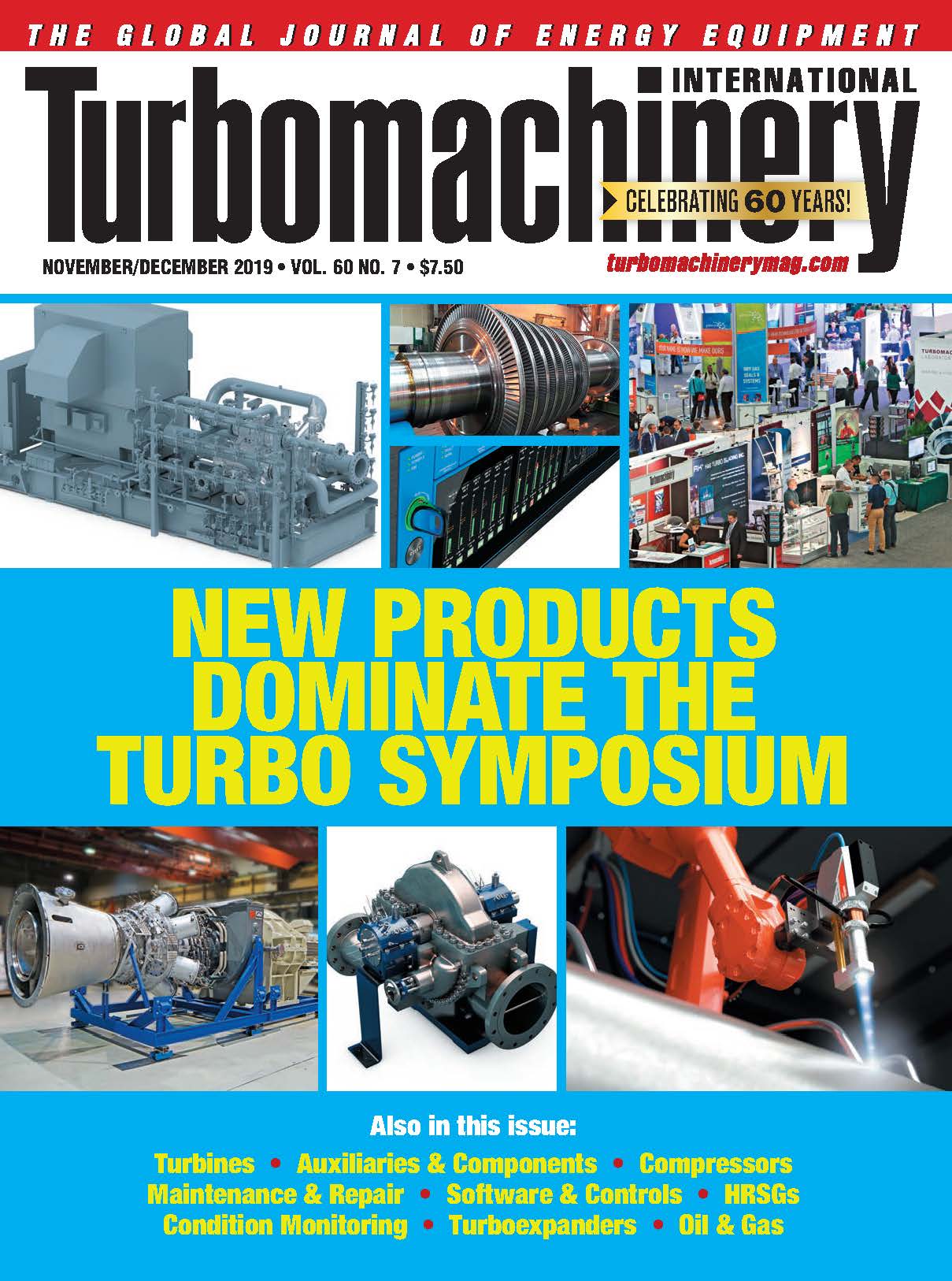Siemens Gas & Power bets on innovation

Markus Seibold, Vice President of Additive Manufacturing (AM) at Siemens Power Generation Operations, discusses 3D prin ing, advanced manufacturing, innovation and how to make turbomachinery more competitive in the coming years.
What role will 3D printing play in turbomachinery development?
AM offers a way to improve performance while lowering emissions. It can enable us to be far more competitive in terms of cost, lead times and development times. And it offers a pathway to better business models such as being able to make spare parts on demand rather than having to spend a fortune to build up a vast inventory of every component for every machine in the field.
How can it help improve turbomachinery service and repairs?
There are many gas and steam turbines out there from the eighties, nineties and even earlier. In many cases, parts are either difficult to find, or simply no longer exist. Yet many of these turbines continue to operate and need parts availability. AM gives us the ability to either 3D print those parts from existing drawings or reverse engineer them using 3D scanning. In many cases, we can actually make a better part than the original.
How about future turbines?
We have the Siemens 9000 HL engine in development. Its combined cycle efficiency will be pushed beyond 63% by including additive parts that could not be made otherwise. These new parts have complex geometries and intricate cooling paths that would be impossible to cast. Another benefit of AM is speed of development. In the past, it perhaps took six or seven years to bring a new turbine to market. We can half that today with parallel development of technologies, rapid prototyping, virtual reality simulation of different parts and AM.
How about upgrades?
Vanes used to take us 18 to 24 months to develop the concept, design, cast, test and implement in production. Now, we can do it all in three months. Simulation enables us to compare different designs and pick the best instead of wasting time developing prototypes for each. We may still cast the final part, but we can select the best design with 3D printing.
Can 3D printing help steam turbines?
Yes. While the technology will be used in gas turbines to enhance performance and lower emissions, we expect steam turbines to benefit more through obsolescence management and spare part availability. We can use AM to make valves that are no longer manufactured, solve supply chain issues and ease the strain on inventory.
How is AM used in compressors?
Our 3D printing facility in Sweden already produces some 3D printed parts for Siemens centrifugal compressors. This is helping us to drive more AM technology into our compressors, while enabling us to develop materials and parts that can cope with higher temperature operation.
What are your plans for collaboration?
We are very involved in cross-industry collaboration to advance AM technology. Traditionally, Siemens Gas & Power only looked at the energy market and developed components for itself. Fields such as aerospace did the same. Collaboration was rare. Yet everyone has similar challenges in materials, component durability and cost. Thus, we are actively working with people in aerospace and other areas to design new processes, develop the best materials, produce better components and then industrialize them to scale. Looking ahead, it is vital that we develop strong and lasting partnerships in innovation. In some cases, the intellectual property (IP) will be ours and in others it will belong to a partner in aerospace. But we envision jointly developed IP, too. By bringing different mindsets together, great opportunities can happen. Active engagement with other companies can greatly speed the pace of development and innovation.
How does Materials Solutions fit in?
Siemens acquired Materials Solutions a couple of years ago but runs it as an independent company. This provided us with immediate know-how to apply AM to turbomachinery instead of having to spend many years trying to figure out 3D printing within Siemens. Materials Solutions brings +12 years of AM experience to the table. In collaboration with Materials Solutions, we have created a new Innovation Center in Orlando to develop new 3D printing processes, materials and application.
